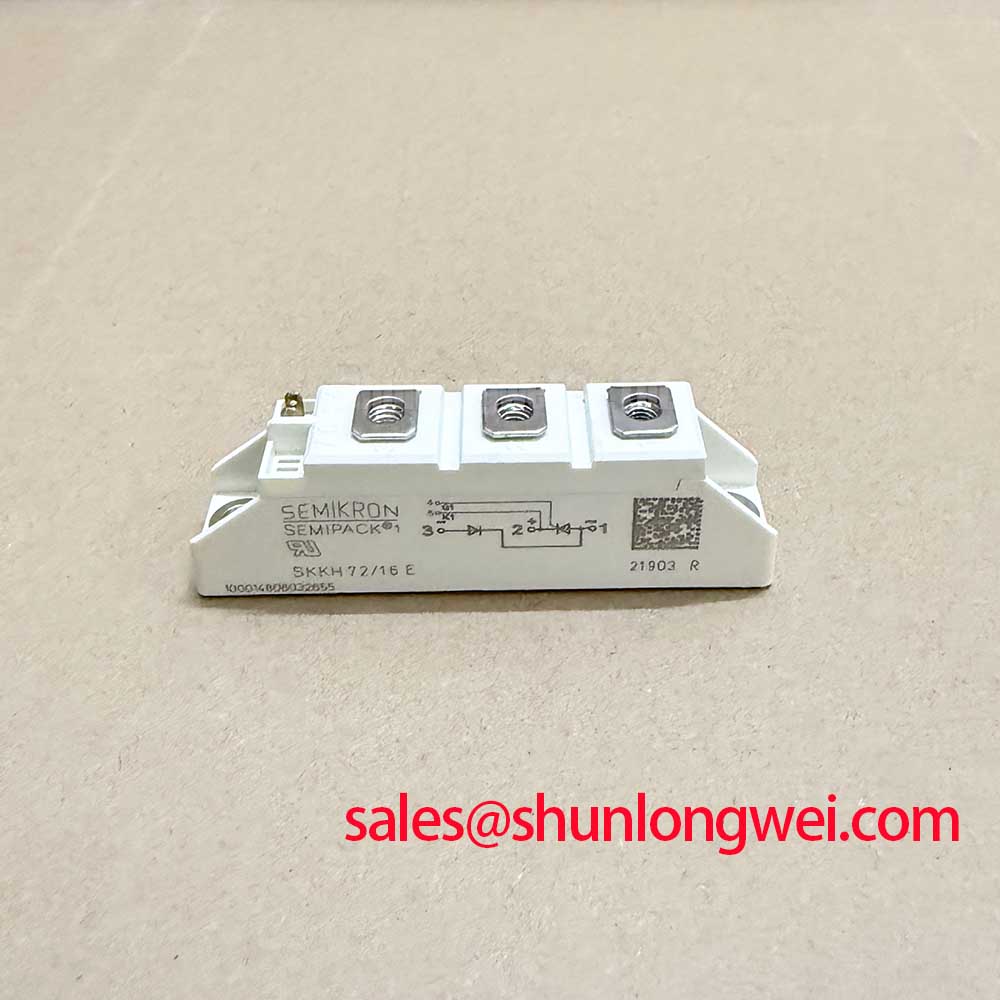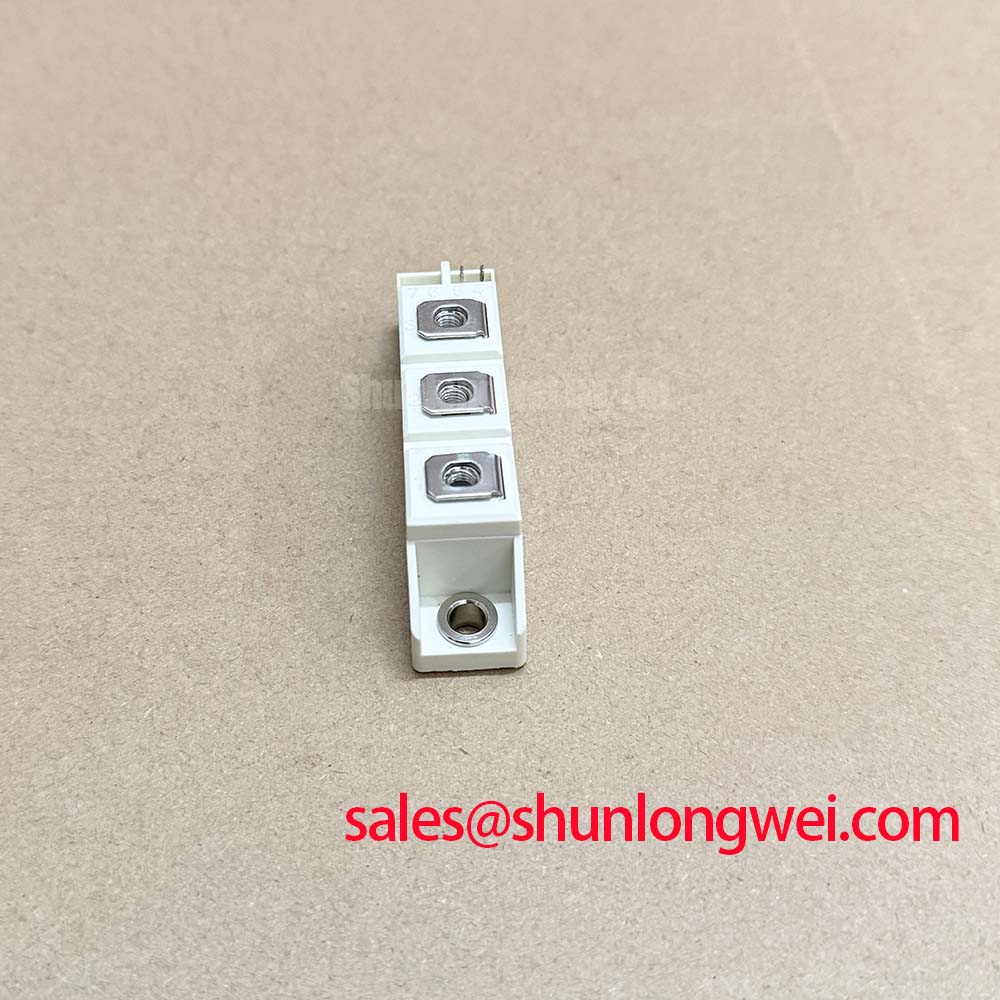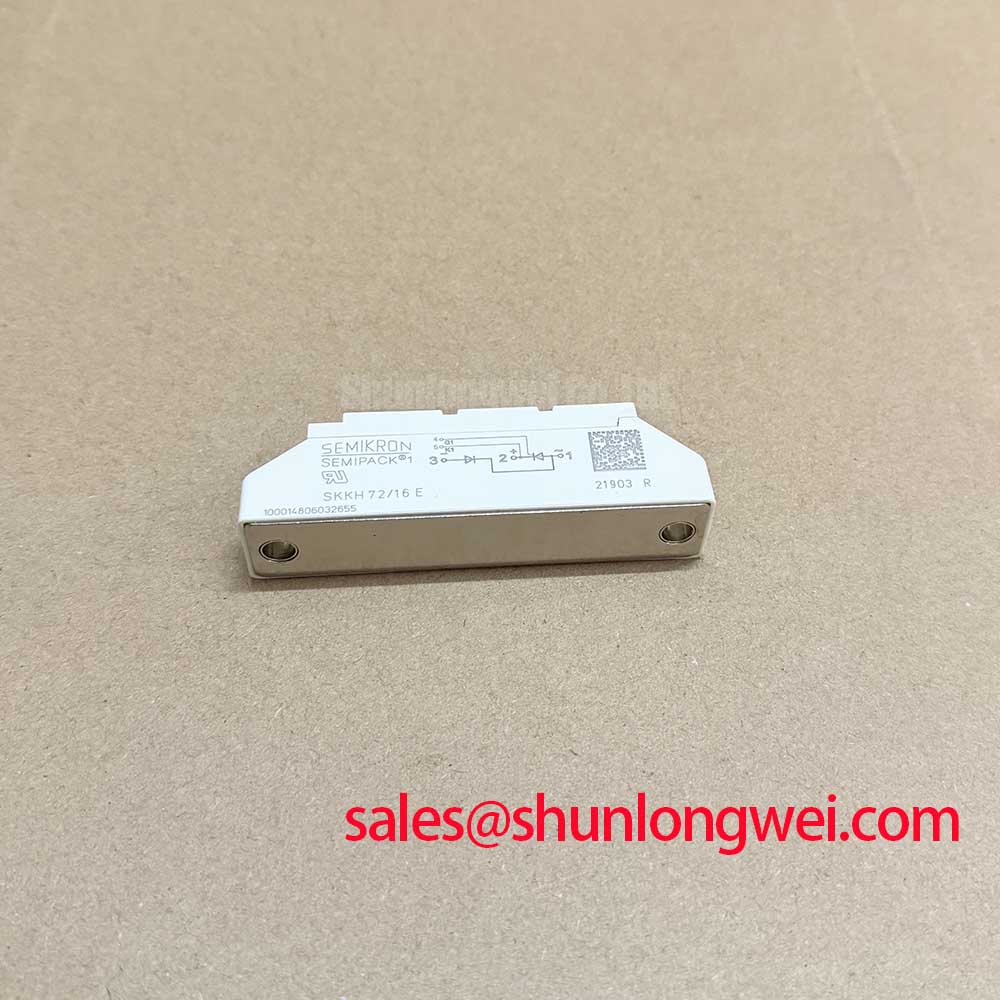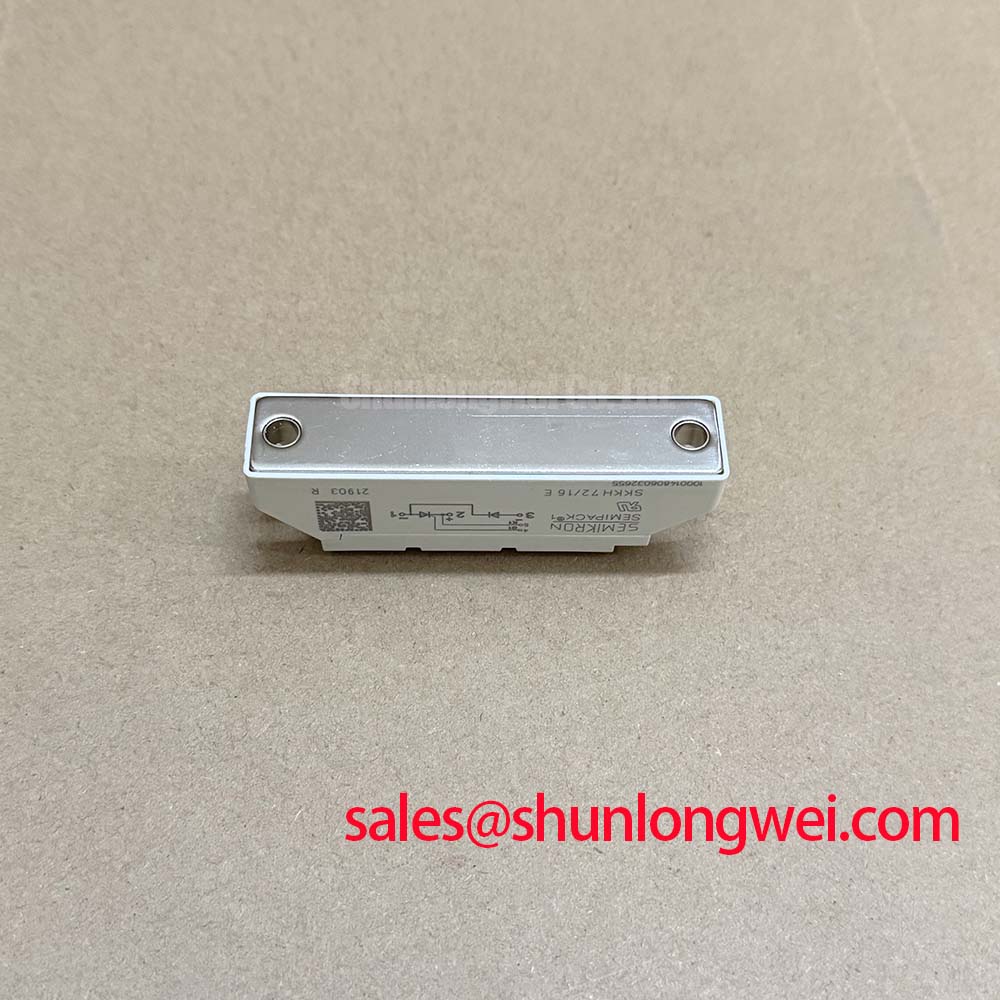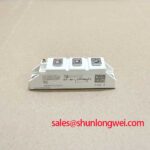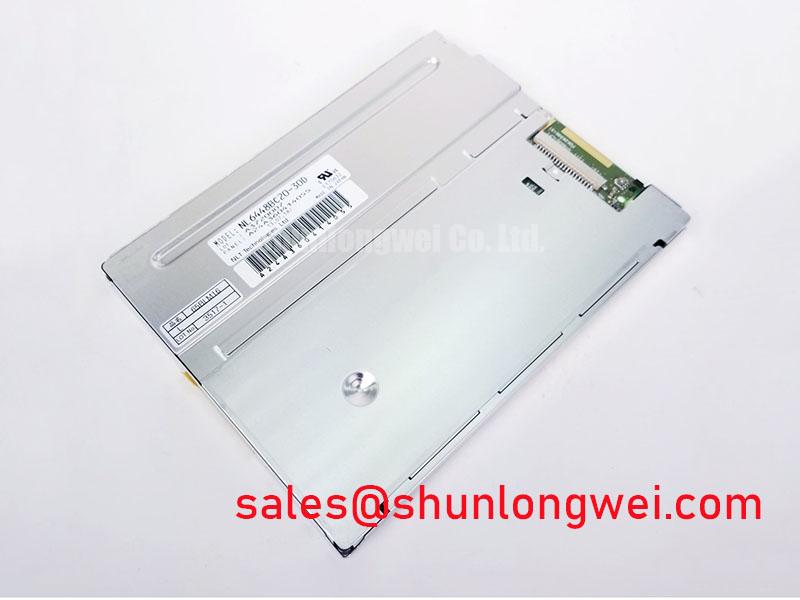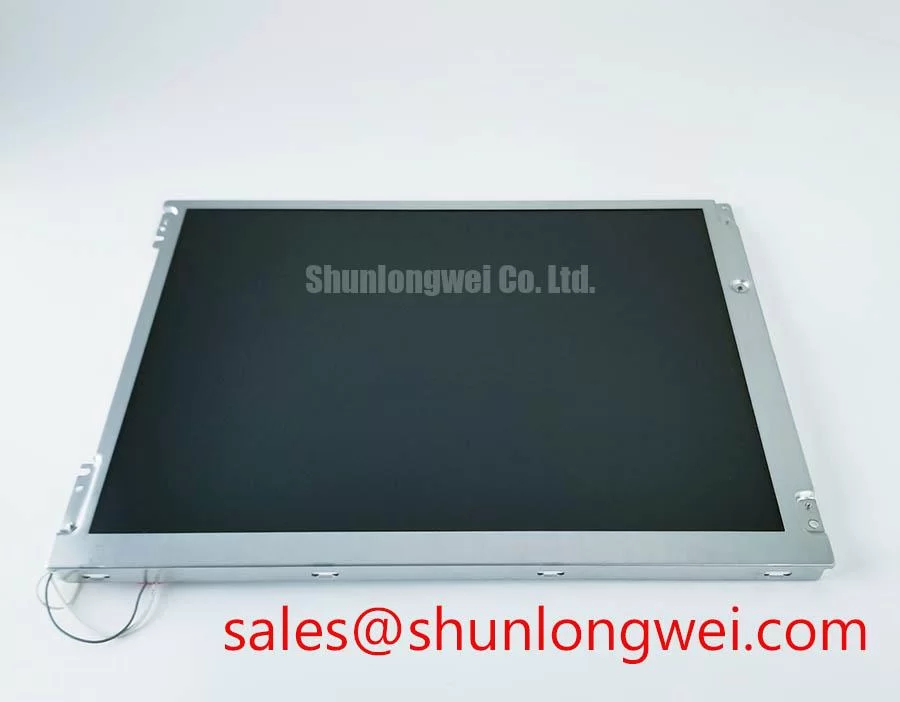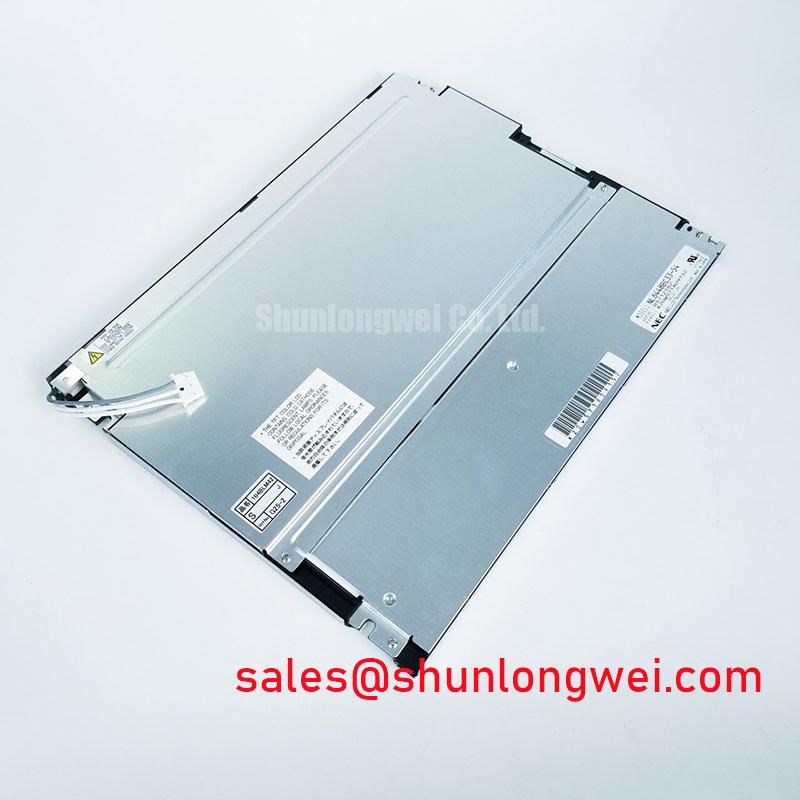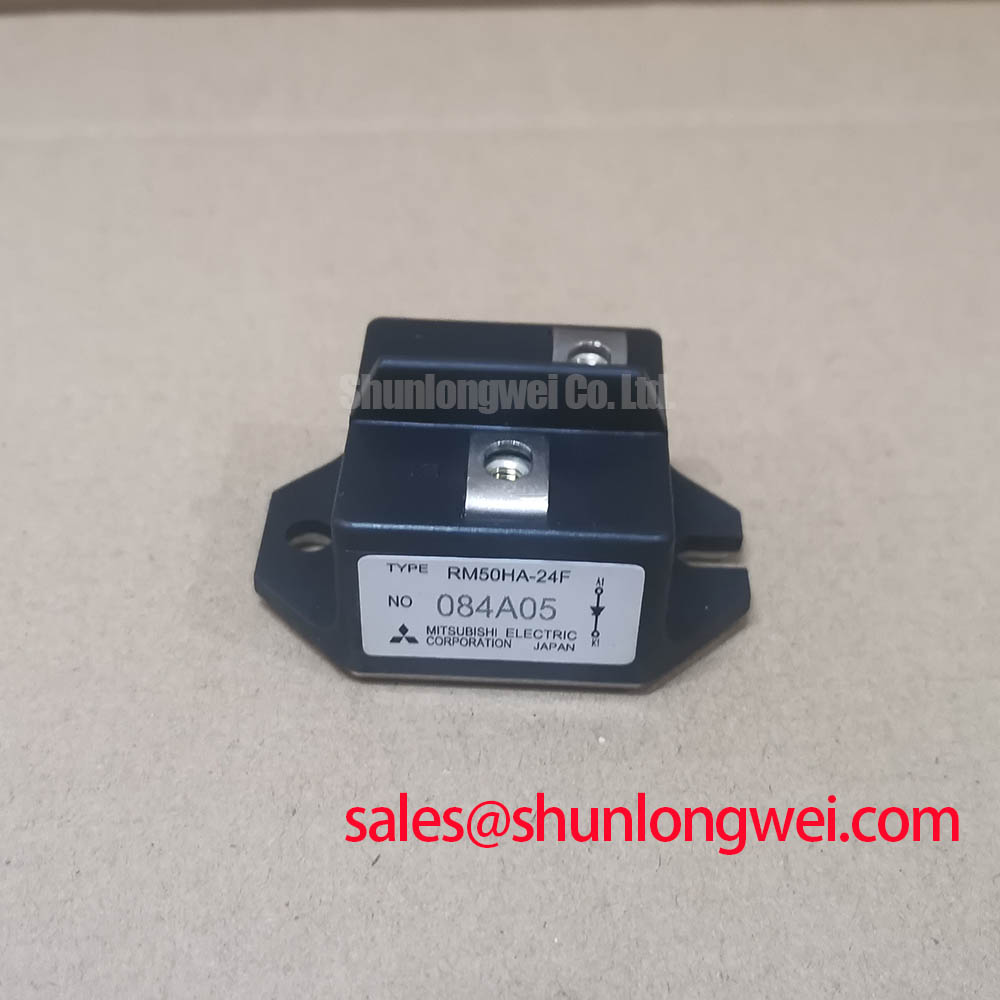Semikron SKKM72/16E | High-Reliability Thyristor/Diode Module for Controlled Rectification
The Semikron SKKM72/16E is an industry-proven thyristor/diode module engineered for robust and precise power control in demanding industrial applications. Housed in the rugged SEMIPACK® 1 package, this module provides a dependable solution for designers building controlled rectifiers, AC controllers, and soft starters. Its core value lies not in high-frequency switching, but in delivering exceptional reliability and thermal stability for line-frequency applications.
- Robust Construction: Features hard soldered joints and a ceramic isolated metal baseplate, ensuring high reliability and an extended operational life under demanding thermal cycles.
- High Blocking Voltage: With a 1600V repetitive peak reverse voltage (VRRM), it offers a substantial safety margin for applications on 400V and 480V AC mains.
- Optimized for Line Frequency: Engineered specifically for controlled rectification and AC switching, making it a superior choice for DC motor drives and temperature control systems.
- Simplified Thermal Management: The aluminium oxide ceramic baseplate provides excellent electrical isolation while ensuring efficient heat transfer to the heatsink.
Key Technical Specifications
The following parameters are critical for system design and integration. For comprehensive data and characteristic curves, download the official SKKM72/16E datasheet.
| Parameter | Value |
|---|---|
| Repetitive Peak Reverse Voltage (VRRM) | 1600 V |
| Average On-state Current (ITAV) | 75 A (Tcase = 85°C, sin. 180) |
| RMS On-state Current (ITRMS) | 120 A |
| Configuration | Thyristor/Diode Pair, Common Cathode |
| Thermal Resistance, Junction to Case (Rth(j-c)) | 0.24 K/W (per thyristor) |
| Isolation Voltage (Visol) | 3000 V~ (2500 V~ for UL recognized) |
| Package | SEMIPACK® 1 |
Application Scenarios & Engineering Value
The SKKM72/16E excels where control, not speed, is paramount. Its design directly addresses the pain points of classic industrial power conversion systems.
DC Motor Control
In DC motor drives for machine tools and conveyors, the SKKM72/16E forms the heart of a controlled bridge rectifier. Its ability to precisely phase-control the AC input allows for smooth speed and torque regulation. The module's excellent surge current capability (ITSM = 1550 A) is crucial for handling the high inrush currents typical during motor startup, preventing component failure and ensuring system longevity.
AC Motor Soft Starters
For starting large induction motors, this module can be used in an AC controller configuration to gradually ramp up the voltage. This mitigates severe mechanical stress on the powertrain and reduces electrical disturbances (voltage sag) on the supply network. The robust thermal design of the SKKM72/16E ensures it can handle the thermal load during the extended ramp-up period without degradation.
Technical Deep Dive: The Engineering Behind SEMIPACK® Reliability
The long-standing success of the SEMIPACK® platform is rooted in deliberate engineering choices. The SKKM72/16E leverages a heat transfer system built on an aluminium oxide (Al₂O₃) ceramic baseplate. This material is a key enabler, providing high dielectric strength for safe electrical isolation while possessing a much lower thermal resistance than polymer-based insulators. This translates directly to a lower junction temperature for the silicon dies, which is a primary factor in extending the module's operating life.
Furthermore, Semikron's use of hard-soldered joints, as opposed to wire bonds for the main terminals, creates a mechanically robust interconnect. This construction is less susceptible to fatigue from thermal cycling—the expansion and contraction that occurs during power-up and power-down—making the SKKM72/16E an extremely durable component for applications with frequent start/stop cycles. Understanding these thermal characteristics is key to maximizing performance, a topic further explored in our guide on unlocking thermal performance.
Frequently Asked Questions (FAQ)
1. How does this thyristor module differ from an IGBT module?
A thyristor (or SCR) is a latching device primarily used for phase-angle control at line frequencies (50/60 Hz). Once turned on, it remains on until the current through it drops to zero. An IGBT, by contrast, is a high-frequency transistor that can be turned on and off rapidly by a gate signal, making it ideal for creating high-frequency AC waveforms in inverters and VFDs. For a full comparison, see our guide to power semiconductor selection.
2. What are the key mounting considerations for the SKKM72/16E?
Proper mounting is critical for reliability. Always use a recommended thermal interface material (TIM) between the module's baseplate and a flat, clean heatsink to minimize thermal resistance. Apply the specified torque to the mounting screws evenly to ensure uniform pressure and optimal thermal contact without inducing mechanical stress on the ceramic substrate.
For assistance with integrating the Semikron SKKM72/16E into your next project or to discuss your specific power control needs, please contact our technical team for expert design support.

